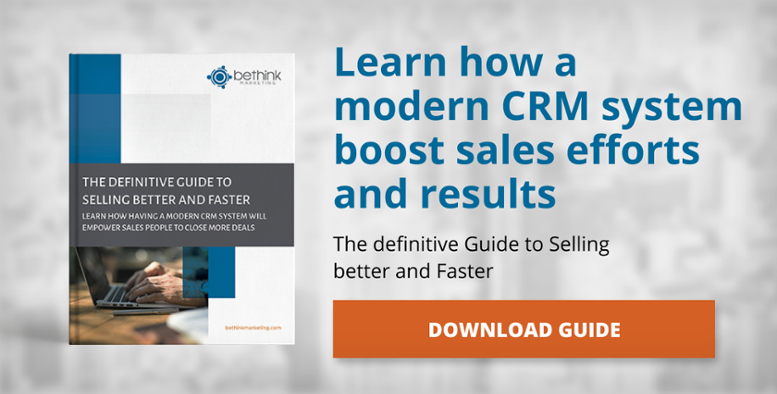.png?width=600&name=Untitled%20design%20(5).png)
The buyer’s behaviour has changed. The days where salespeople are consulted at the beginning of the sales process is long gone. The reason being is because the Internet, more than ever, is shifting the power from the advisor to the investor because they can now do their own research and find answers online all without even speaking to anyone from a financial service firm.
According to HubSpot, 70% of the buying research is already done before even speaking with sales and 59% of buyers don’t even want to talk to sales unless they have to.
Knowing this shift in power, marketing is playing a more instrumental role by using content to drive prospects to the business. What does this imply for salespeople? They need to be closely involved with the marketing department so that the marketing team can provide excellent content and create a process to drive the right leads to the advisors to work with.
This is what Sales Enablement is about. It’s to align marketing and sales by bringing them together and re-inventing themselves to work as one in order to adapt to the modern buyer behaviour.
How to get Started with Sales Enablement
1. Set a common goal based on revenue
The typical metrics are still important such as the number of leads or the amount of closed deals but most importantly, both marketing and sales need to shift their metric goals towards a common revenue goal.
By putting an importance on a common revenue goal, marketing and sales can begin to understand each other better and will eventually lead them to speak the same language.
For example, if the revenue goal of a financial service firm is $3 million, instead of simply putting all that pressure on the salespeople to close investment deals to reach that goal, marketing and sales could meet and discuss the following questions:
- How do we define a Marketing Qualified Lead (MQL)?
- How do we define a Sales Qualified Lead (SQL)?
- What content should we produce so that salespeople could close better and faster?
- What are the top objections that draw people away so that we can address them through our blog articles?
- How many MQLs should marketing produce to help achieve the revenue goal?
2. Develop the Buyer Strategy together
The Buyer Strategy is essentially understanding who you are going to help and how your buyer shops. There are two concepts that can cover these 2 elements: the Buyer Persona and the Buyer’s Journey.
The buyer persona is a semi-fictional representation of your ideal customer. Your buyer persona has a name, goals and challenges and has a story just like any other person. If you target CEOs, then you could name your buyer persona CEO Charlie for example.
The Buyer’s Journey is a purchase process that buyers go through. There are 3 stages to it:
- Awareness Stage: When an investor becomes aware of challenge or a goal to address
- Consideration Stage: When an investor is looking around for different solution types
- Decision Stage: When an investor has narrowed down which solution types will help address the goals and challenges and will need to decide which 1 solution and company that will best help them.
Both Sales and Marketing team should sit down together and work on developing the Buyer Strategy as this process will help empower the sales team to have the right leads and to close them better and faster.
3. Develop the Content Strategy Together
Building content needs to be revolved around the buyer’s context. This means that content created by the marketing team needs to address what has been developed for the Buyer Strategy. Understanding the Buyer Persona and the Buyer’s journey will help both sales and marketing understand what type of content is important and applicable to the prospect’s journey.
Developing the content strategy together will help marketing understand what sales needs in terms of content, and for sales to understand the value of producing such content.
Here are some questions to discuss content strategy:
- What is the goal of content creation?
- What content do we current have available? Are they useful for sales and marketing?
- Who should we speak to in order to best utilize content for sales enablement?
- What content should we write about to address the 3 stages of the buyer’s journey?
- What type of content would be helpful for our buyer persona? (blogs, eBooks, podcasts, videos, infographics, etc)


Let Us Know What You Thought about this Post.
Put your Comment Below.